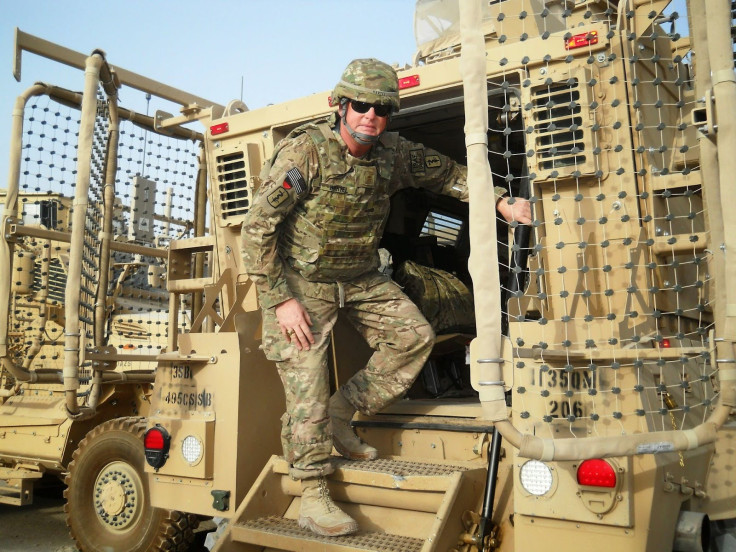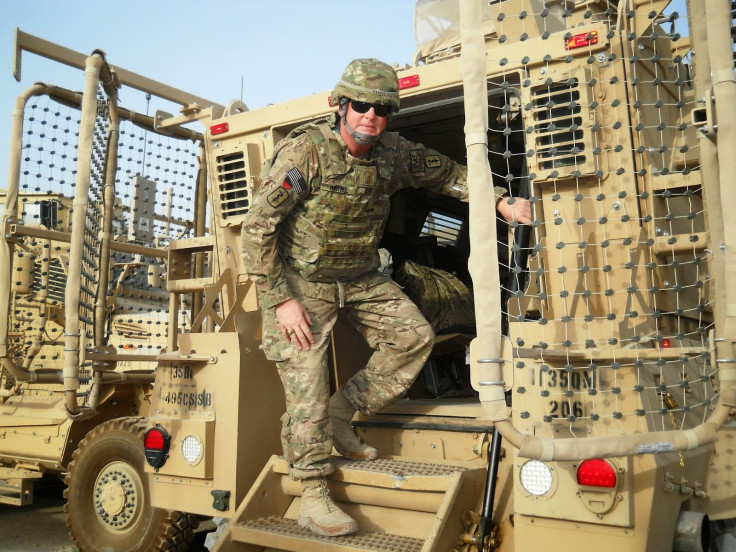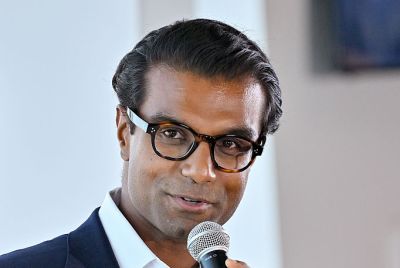The Remarkable Journey of Dr. William Hartel: The 51-Year-Old Dentist Who Answered The Call To Serve

Most people emerge from a coma wanting rest, recovery, or simply to return to their normal life. Dr. William Hartel, however, woke up with an unexpected dream: to join the U.S. Army. At 51 years old, after more than three decades of practicing dentistry, he decided that the second act of his life would not be behind a chair in a clinic, but on the frontlines, serving soldiers in some of the harshest conditions on earth.
"I woke up from a coma after four days, and my first thought was, 'I do not want to sit in the same round chair and die in the round chair,'" he recalled. "Then I saw a commercial for the Army, and I thought maybe this is the time. Maybe I can be more than I am now."
It sounded unlikely. The Army rarely recruits dentists with 30 years of experience; most military dentists are only two to four years out of school. But Hartel saw that as an advantage. He negotiated cleverly with the recruiters. "They don't really want someone in a combat zone with two years' experience," he explained. "I told them I wanted to serve overseas. They looked at me and said, 'Wait here. Don't go anywhere.'"
The road wasn't easy. He applied in 2011 but wasn't accepted until he passed the Army's physical fitness test in San Antonio. Twice the age of the other recruits, he was nicknamed "Grandpa" by his division.
Despite the nickname and the jokes, Hartel earned his place. He trained alongside them, doing push-ups, sit-ups, and long runs in the Texas heat. Passing the military test was no small feat for a man in his fifties, but Hartel's determination was unshakable. In 2012, just days after completing training, he was deployed to Kandahar, Afghanistan.

Nothing could have fully prepared him for that first deployment. "I never carried a weapon. I didn't even know where to get a uniform," he admitted. "I thought they issued them, but as an officer, you have to buy your own. I ended up in Afghanistan with six brand-new uniforms stuffed in a duffel bag and no idea what I was doing." His military school background gave him one advantage-he knew how to march. The rest, he learned by falling in with the soldiers around him, picking up the codes, language, and culture of Army life on the go.
The deployments that followed became a rhythm of his life. Over the next decade, Hartel rotated through assignments: four months overseas, three months at home, then back again. His work took him beyond Afghanistan to the Middle East. He even spent time in Nome, Alaska, where there were no roads in or out, and even near the Arctic Circle, where extreme cold tested both equipment and endurance. "I've actually been everywhere I ever wanted to go," said Dr. Hartel. "Even the North Pole."
Those years of service reshaped his outlook. He saw firsthand how field hospitals and combat zones are better prepared than civilian hospitals in handling unexpected emergencies. During his recovery phase from one surgery, he suddenly got an idea to invent something that had never existed. "When you're in a hospital and you realize they don't have all the things you're used to, like Bleed Stop or advanced closure devices, you start thinking differently," he said. "That's where a lot of my later ideas came from. I love seeing ideas come to life, whether it's a new medical tool or helping someone else take their idea and make the first move."
That line of thinking eventually led him to design the Second Aid Kits, a practical, advanced alternative to the traditional first aid box. Where a standard kit addresses minor cuts and scrapes, his kit includes items designed for life-threatening emergencies: medications such as Naloxone, emergency wound closure devices, bleeding control powders, trauma pads, and even instructions for properly applying a tourniquet. The concept was simple but powerful: equipping ordinary people, not just trained professionals, with the tools to save lives when seconds matter.
Today, Hartel sees the Second Aid Kit as one of the clearest bridges between his civilian and military careers, blending decades of dental expertise with the hard lessons learned in combat zones. But his inventive streak runs deeper than medicine. Long before he wore a uniform, he was an English major with a passion for writing. He once penned a holiday humor piece calculating the cost of sending Christmas gifts to loved ones. Later, he authored a nonfiction book about baseball in 1996 and experimented with fiction. "Writing was my first love, dentistry came after," he admitted.
Looking back, Hartel describes his path as anything but ordinary. From waking up in a hospital bed, determined to join the Army, to passing boot camp in his fifties, to serving across Afghanistan, now a service disabled veteran, his journey is a reminder that second chances don't have to look like retirement or slowing down. Sometimes, they look like reinvention. At 66, Dr. William Hartel continues to embody that lesson.
© Copyright IBTimes 2025. All rights reserved.





















